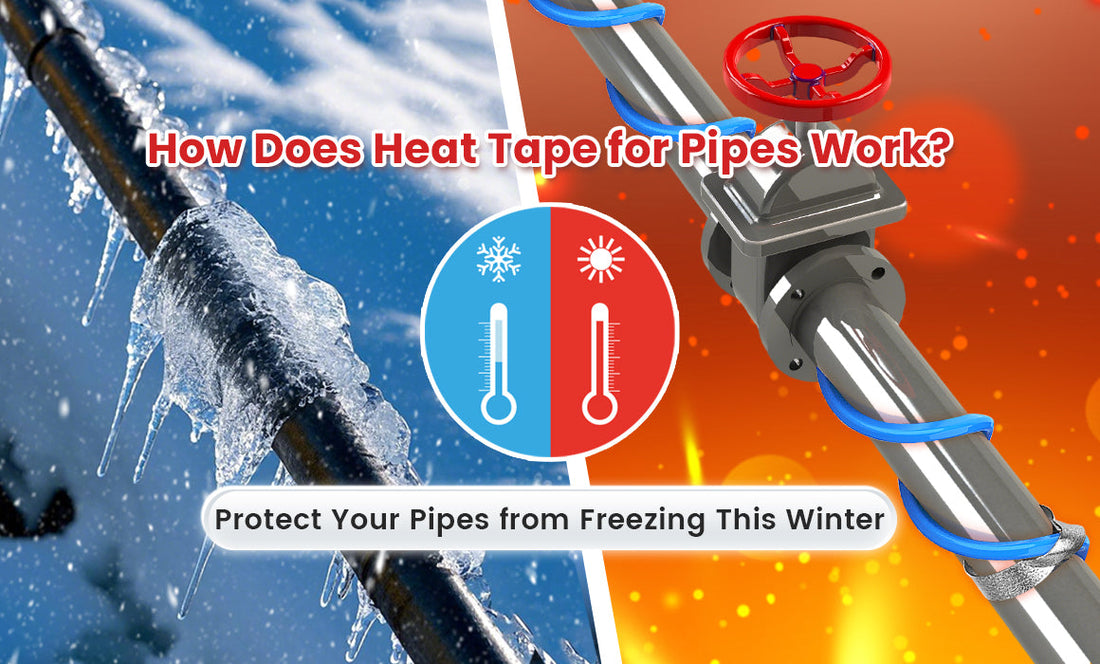As winter approaches, the concern over frozen pipes becomes a significant issue for us. One effective solution to mitigate this risk is the use of heat tape.
What is Heat Tape?
Heat tape is an electrical heating product designed to prevent the freezing of water inside pipes by converting electrical energy into thermal energy. This device ensures that even in extremely low temperatures, the water within the pipes remains flowing and free from ice blockage.
Types of Heat Tape
Heat tape is primarily categorized into two types based on its operational characteristics:
1. Self-Regulating Heat Tape: This type automatically adjusts its heat output in response to changes in ambient temperature. As temperatures decrease, the heat tape increases its heat production, effectively safeguarding pipes against freezing.
2. Constant Wattage Heat Tape: In contrast, this type provides a steady amount of heat regardless of external temperatures. It is used in situations where a consistent heating level is required.
Installation Methods
The installation of heat tape varies based on its intended use:
External Application: The tape can be wrapped directly around the pipe or laid out in a straight line along the surface. For enhanced freeze protection, it's beneficial to apply an additional layer of insulation over the heat tape after installation.
Internal Application: This installation is a bit more complex, requiring the tape to be inserted into a removable section of the pipe. For detailed installation instructions, refer to the guidelines for MAXKOSKO’s In Pipe Heating Cable.

Maintenance Tips
To ensure the longevity and effectiveness of heat tape, consider the following maintenance practices:
Frequent Checks: Regularly inspect the heat tape for any signs of wear, especially at the connection points.
Dry Storage: During off-seasons, keep the heat tape dry to prevent moisture accumulation. The best approach is to store it appropriately when not in use, rather than leaving it exposed to the elements.
Adhere to Manufacturer Guidelines: Always follow the maintenance advice provided by the manufacturer to maximize performance.
Common Questions
1. Is heat tape a fire hazard?
When installed correctly, heat tape is safe. However, improper installation or maintenance can pose risks such as fires or electric shocks. Avoid bending or overlapping the cables, particularly with constant wattage types.
2. How much energy does heat tape use?
Energy consumption varies by type and length. Generally, self-regulating heat tapes consume less energy compared to constant wattage models.
3. Can heat tape be applied to all pipe materials?
Heat tape is compatible with most piping materials, including plastic and metal, but it’s crucial to check the manufacturer’s recommendations for compatibility.
Conclusion
Heat tape is an essential tool for preventing pipe freeze during the cold winter months. By understanding its operation, following proper installation and maintenance procedures, and being aware of its applications, you can ensure your plumbing system remains functional and safe all winter long.
Investing in heat tape this season can help you avoid the hassles and costs associated with frozen pipes.



